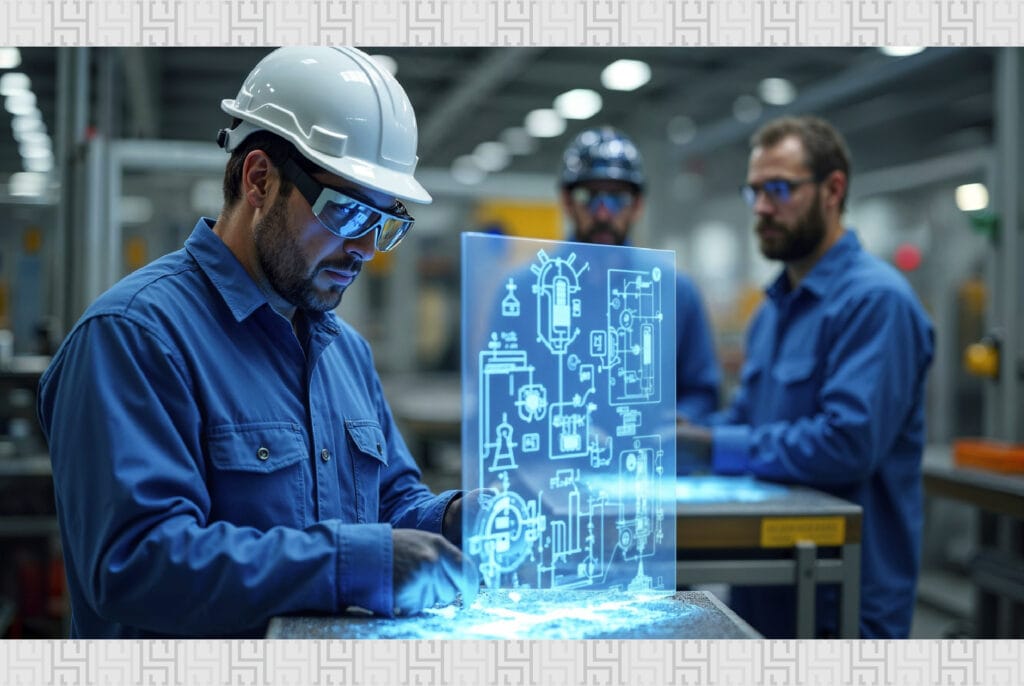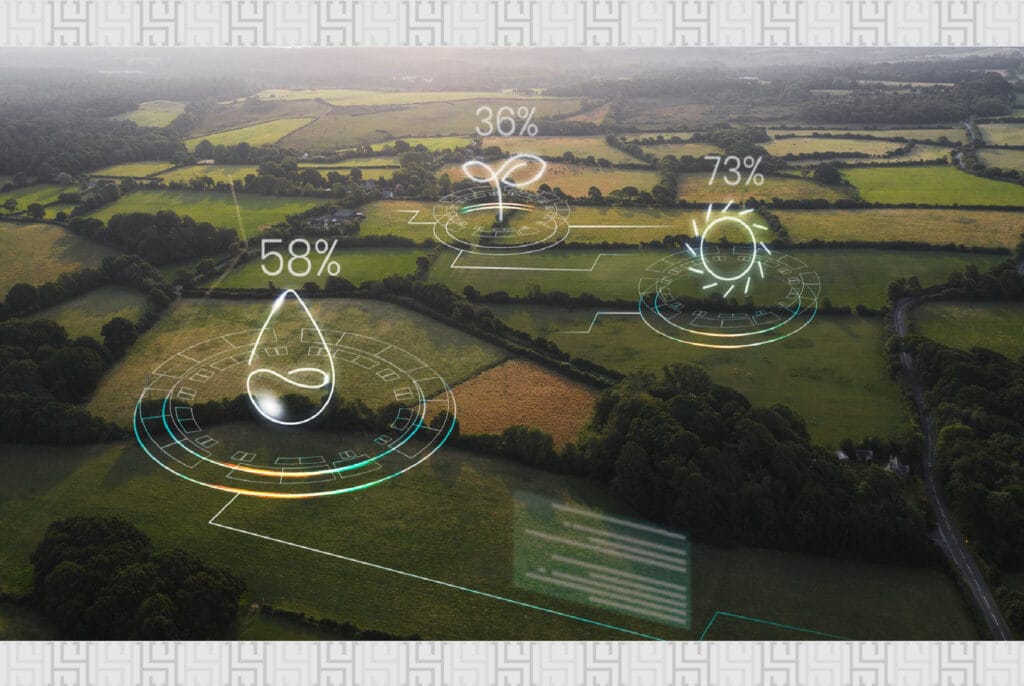
The Internet of Things is changing the construction and design trades. Useful for far more than running your smart home, the IoT in architecture, design, and construction will shape processes and outcomes as we move into the future.
What is the Internet of Things?
The Internet of Things refers to the global network of smart physical objects that constantly collect and share data across the Internet. Essentially, any device that connects can be turned on or off is part of the IoT.
Benefits of IoT in Engineering
There are many benefits of Internet of Things in engineering, including:
- Enable designers and engineers to gather new insights into the inner workings of infrastructure, machines, and much more. By constantly collecting data, the Internet of Things provides transparency on-site and encourages innovative thinking, creating efficiencies, reducing waste, and increasing safety on construction and engineering projects.
- Help mitigate the challenges and advance sustainable development in the construction industry. For example, Internet of Things devices can be integrated into the manufacturing process of building materials to monitor the process. This reduces waste and the likelihood of delays or mistakes made on-site.
- Transform engineering by facilitating the creation, collation, and exchange of shared models and corresponding structured data. This data can be shared with the client, team, and all other stakeholders to understand insights.

How is the IoT Shaping the Future of Engineering?
There are several ways that Internet of Things devices and connectivity are impacting the building trades. These can include devices in the design process, tools in the rendering and engineering processes, and technologies on the construction site. Here are a few key ways the IoT is shaping the architecture and design industries:
Construction Site Monitoring
Regarding the IoT on the building site, the devices attached and monitored with the IoT software and techniques can monitor calculations of humidity, temperature, and pressure to alert management about any potential happening that could cause damage and need immediate attention.
Not only can IoT devices monitor your structures, but they can also help keep your personnel safe. With wearable devices, you can monitor everything from a worker’s location to bump and shock trauma.
Equipment and Materials tracking
Small sensors can be easily connected to apps via the IoT, so you can track and monitor many things. Affixing an IoT sensor to your tools makes them traceable in case of loss or theft.

Building Information Modeling
3D Building Information Models (BIM) have become increasingly popular as part of IoT in architecture and design and are increasingly useful for engineers and builders. The amount and types of information that can be quickly shared and updated have made BIM a vital new technology.
IoT and Green Buildings
The Internet of Things (IoT) has emerged as a cornerstone technology in the development of green buildings, largely due to its robust automation capabilities. By deploying a network of interconnected sensors, IoT systems enable real-time data collection and analysis, crucial for optimizing building performance and sustainability. These sensors, strategically placed throughout a building, can gather a wide array of statistical data points, including temperature, humidity, lighting levels, and air quality.
App-driven Printing
The Internet of Things (IoT) impacts large format printers available with embedded web servers, one-click printing software, and apps that allow you to control any number of functions right from your phone or tablet.

So, you’ve learned everything about how Internet of Things is going to change the game in architecture, design, and construction in the nearby future. If you want to know more, or see how HS Group can help, give us a shout at +967 2 237793/4/5 or info@hs-gp.com and we will help you.






